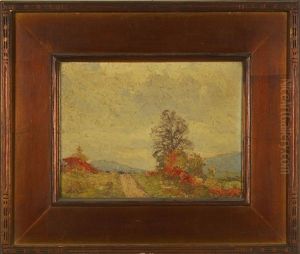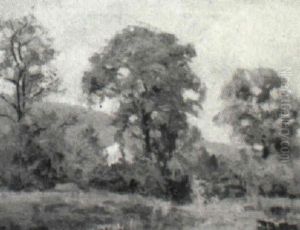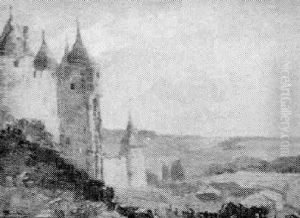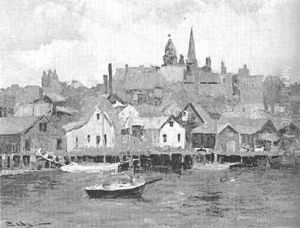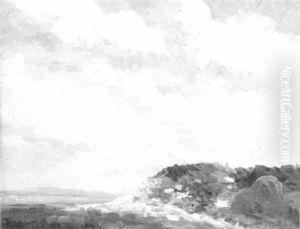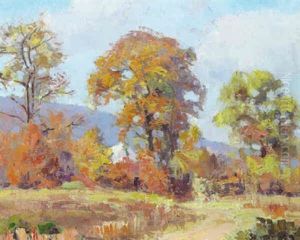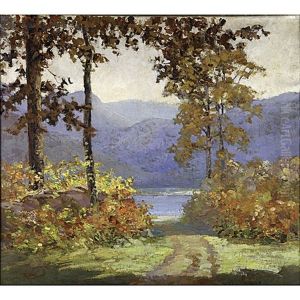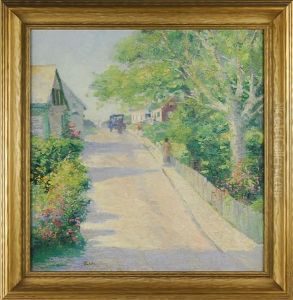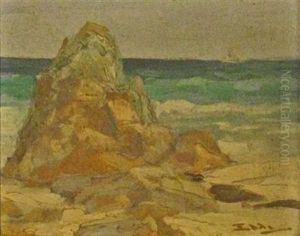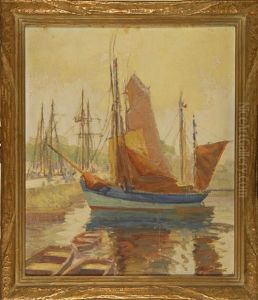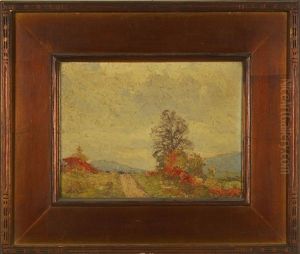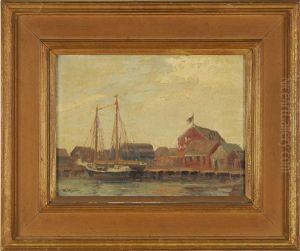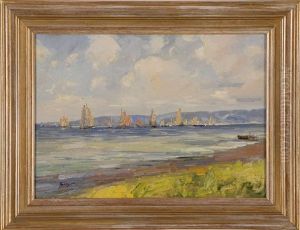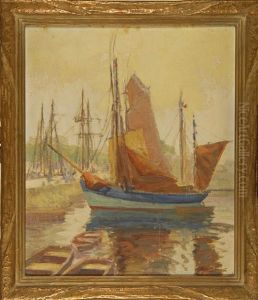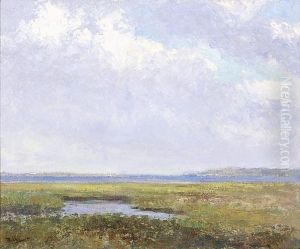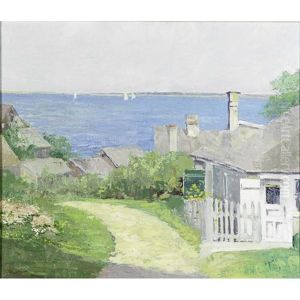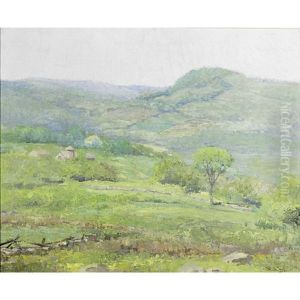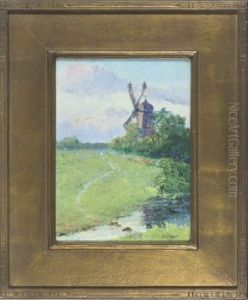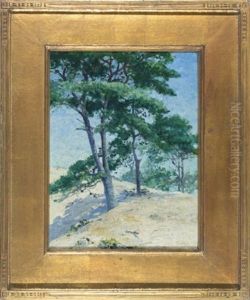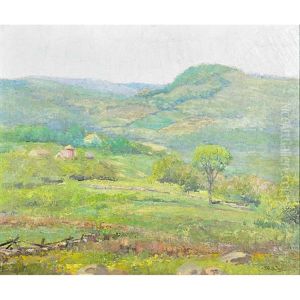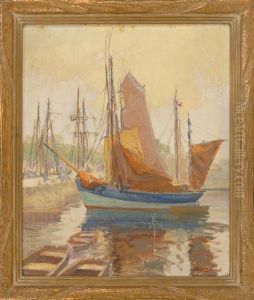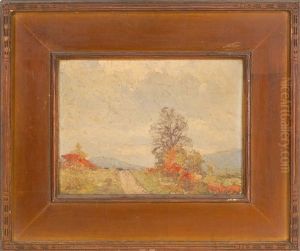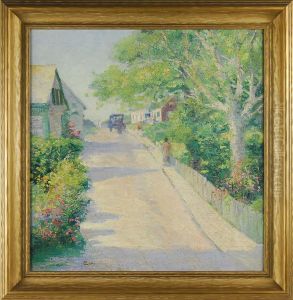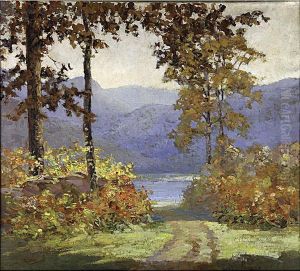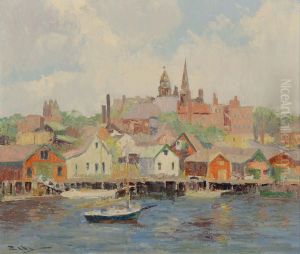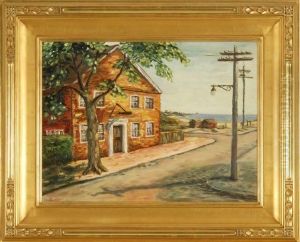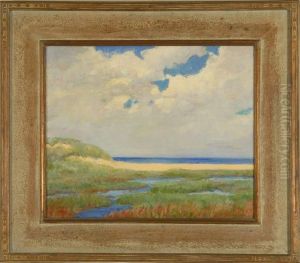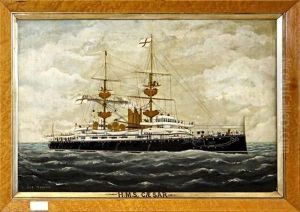Henry Stephens Eddy Paintings
Henry Stephens Eddy was an American artist known primarily for his work as an etcher and painter. Born in 1872, Eddy developed an interest in art at an early age. He pursued his artistic education at reputable institutions, including the Art Students League of New York and the Académie Julian in Paris, where many American artists of the time went to refine their skills. Eddy's work was greatly influenced by the French Barbizon school, which emphasized naturalism and pastoral scenes, and by the Impressionists, who focused on light and color.
During his career, Eddy became known for his etchings, which often depicted urban landscapes, architecture, and the daily life of cities like New York. His style was characterized by a delicate yet precise line work and an attention to the interplay of light and shadow, which added a sense of liveliness to his etched scenes. Eddy was a member of several art organizations, including the Chicago Society of Etchers, where he was known for his contributions to the medium.
Eddy's paintings, though less known than his etchings, also demonstrate his skill in handling color and composition. He painted a variety of subjects, including landscapes, portraits, and genre scenes. Despite his talent, Eddy did not gain the same level of fame as some of his contemporaries. Nevertheless, his work was exhibited in various venues, including the Panama-Pacific International Exposition in 1915, where he received recognition for his artistry.
Henry Stephens Eddy passed away in 1929, leaving behind a modest but respected body of work. His etchings continue to be appreciated by collectors and scholars for their technical skill and their charming portrayal of early 20th-century life. While Eddy may not be a household name, his contributions to the world of etching provide an important glimpse into the American art scene of his time.
